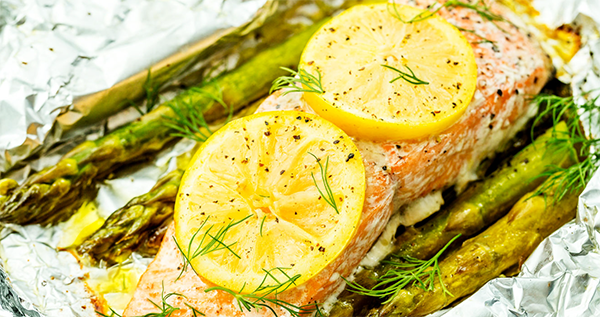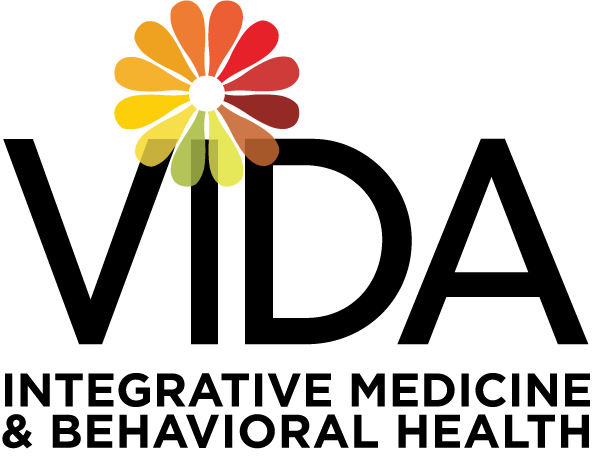
The ugly side of dairy…
This week we have an interesting subject to discuss. This topic is controversial, not really taught in medical, nursing or pharmacy colleges. Curious yet? I hope so. The topic is food sensitivities. They are different than allergies. Different testing is used and it usually is not covered by insurance companies. Food sensitivities show up with subtle symptoms; an ache, or muscle pain, suddenly sleepy, a headache, increase in post nasal drip, unexplained weight gain, inability to lose weight. Over time you can create extreme inflammation which could lead to autoimmune disorders.
“With any diet plan/life style change you will always have to make changes as your needs and system changes.”
Hashimoto’s is an autoimmune thyroid disorder in which the thyroid is under active and antibodies are produced. They are basically attacking the thyroid gland and keeping it from functioning correctly. I recommend all autoimmune patients to get a Hair Tissue Mineral Analysis (hTMA) analysis to complement their medical protocol. By doing so you can literally shut down the inflammatory response on a cellular level reducing the amounts of medication taken and improve your symptoms. Once you remove the inflammatory foods causing the sensitivities, your digestion improves. Absorption and assimilation of nutrients from the foods improves. Do you have to be a vegan or vegetarian? No, it can cause you to feel worse. You do however have to be Gluten and Dairy Free. Gluten in grain is extremely inflammatory for Hashimoto’s patients as well as other autoimmune conditions. Milk /dairy products contain casein. Casein is a protein in dairy that can cause many problems for Hashimoto’s patients and autoimmune based patients. Raw, goat, sheep and lactose free all contain casein. What about seaweed or kelp? No, do not take that. It contains high amount of iodine and that can be toxic to autoimmune conditions such as Hashimoto’s. Iodine is needed for normal thyroid function, but not autoimmune thyroid conditions.
Remember, with any diet plan/life style change you will always have to make changes as your needs and system changes. Example, if you’re very active, then you would benefit from more protein. If you are depressed, have brain fog or chronic pain, then you will benefit from more good fats in your plan. Sometimes you are feeling wonderful and you hit a plateau. If this happens then your system is changing so your dietary needs/foods need to be adjusted. As you heal your body, you will experience many different symptoms. Don’t give up! Just adjust. Here is a good start to help you on the road to health. Always start with the “good” for you based on your sensitivity panel for optimal health. Avoid the trigger foods and put that autoimmune condition to rest. Just another tidbit, Hashimoto’s patients are extremely sensitive to gluten, dairy, soy, eggs, nuts and beans. After you are on the strict plan for 90-120 days you can possibly add a few back in on occasion.
Foods beneficial for Hashimoto’s Patients:
- Organic vegetables
- Fermented foods (raw sauerkraut)
- Organic meats, no processed meats like, bacon, sausage, franks. Even though they may be nitrate free. Low glycemic organic fruits, such as berries (not blueberries) they act like nightshades and can adversely affect your system.
- Coconut noodles
- Brown shirataki yam noodles and all fresh herbs and spices.
Foods to avoid for Hashimoto’s Patients:
- Dairy
- Eggs
- Grains
- Legumes/beans
- Nightshade veggies
- Nuts
- Seeds
- Sugar
- Seaweed
Remember the above foods listed are considered a general one to help with Hashimoto’s. If you want your specific list of food sensitivities, come see us at VIDA Family Medicine for your Hair Tissue Mineral Analysis.
RECIPE FOR THE WEEK: Grilled Wild Caught Salmon Bundles
4 to 6 ounces of salmon
1 slice of lemon
½ tsp of garlic paste
¼ tsp of sea salt
½ tbsp. of avocado oil
½ tbsp. of chopped dill
Rub this all over the piece of salmon save lemon for end of assembly.
Now the veggies:
chop up ½ zucchini
4 asparagus spears (cut off tough parts)
¼ red onion
1 tsp avocado oil
1/8 tsp garlic powder
pinch of sea salt
½ tsp dried parsley
Coat the chopped veggies with these seasonings. Now for the assembly. Place the salmon on top of a folded sheet of parchment paper. Place all the chopped veggies on top of the salmon. Place 1 slice of lemon on top. Close and seal the parchment around the salmon and veggie mixture to form a packet (like a little wrapped gift). Place in oven on a baking dish for 20 -25 min on 400 degrees Enjoy!
Till next time. May your health be with you. Don’t forget to leave a comment below.

Recent Comments